


From the very beginning ~
Khanh Nguyen was born in Thanh Hoa, Vietnam. Even though telecom director has was born there, it's believed he considered his origin to be Hung Yen, Vietnam.

Khanh's father worked for Vietnam's Ministry of Police. His father passed away early on when he was only a teenager. Khanh and his other siblings grew up in a poor home with their mother.
Intellectual activity was encouraged at the Nguyen home. Although his mother was a small merchant, her talk at the dinner table often included subjects such as education and philosophy.
From an early age, Khanh expressed an interest in science and technology. As a boy in the village, he often experimented at school. He was also known to be one of very few people from the town to get full scholarship with sponsored room and board to Czechoslovakia to study university. He aimed to study to go back to Vietnam and contribute. But it wasn't until his early 30s, after building his family in Hanoi, Vietnam, that Khanh immersed himself in the world of telecommunications in the country.
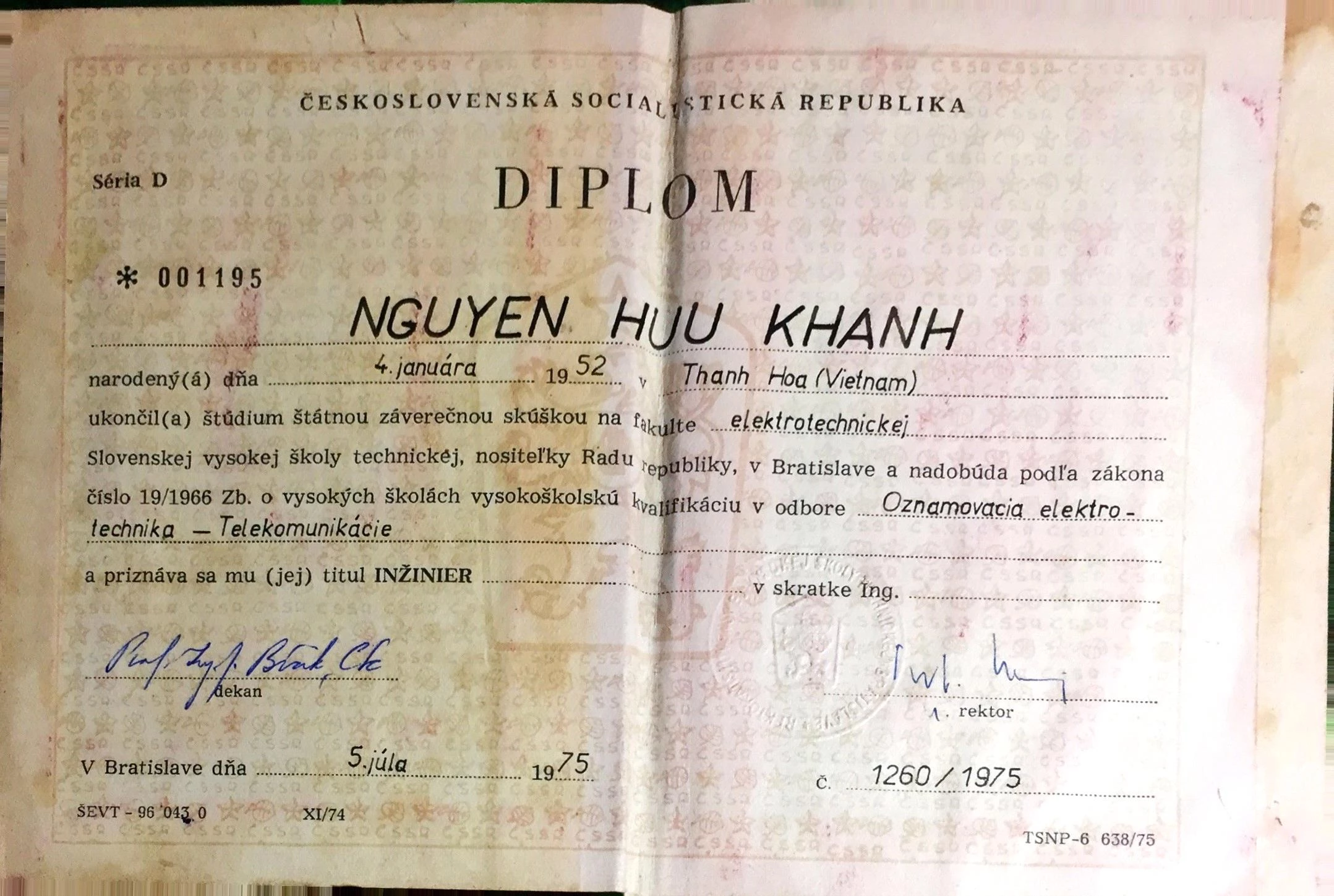
1969
Sensing his future lay elsewhere, 16-year-old Khanh Nguyen made the bold decision, with the scholarship from the government blessing of his parents, to move to Czech Republic (formerly Czechoslovakia). He'd been there for a few years when he got to experiment with science and technology, and joined various competitions.
1975
After living in Czechoslovakia for a few years, Nguyen came back to Vietnam with a dream to modernize and connect people via telecommunication technology. He started his career like everyone else, worked as an engineer, and later minister of telecommunication's apprentice, for years.
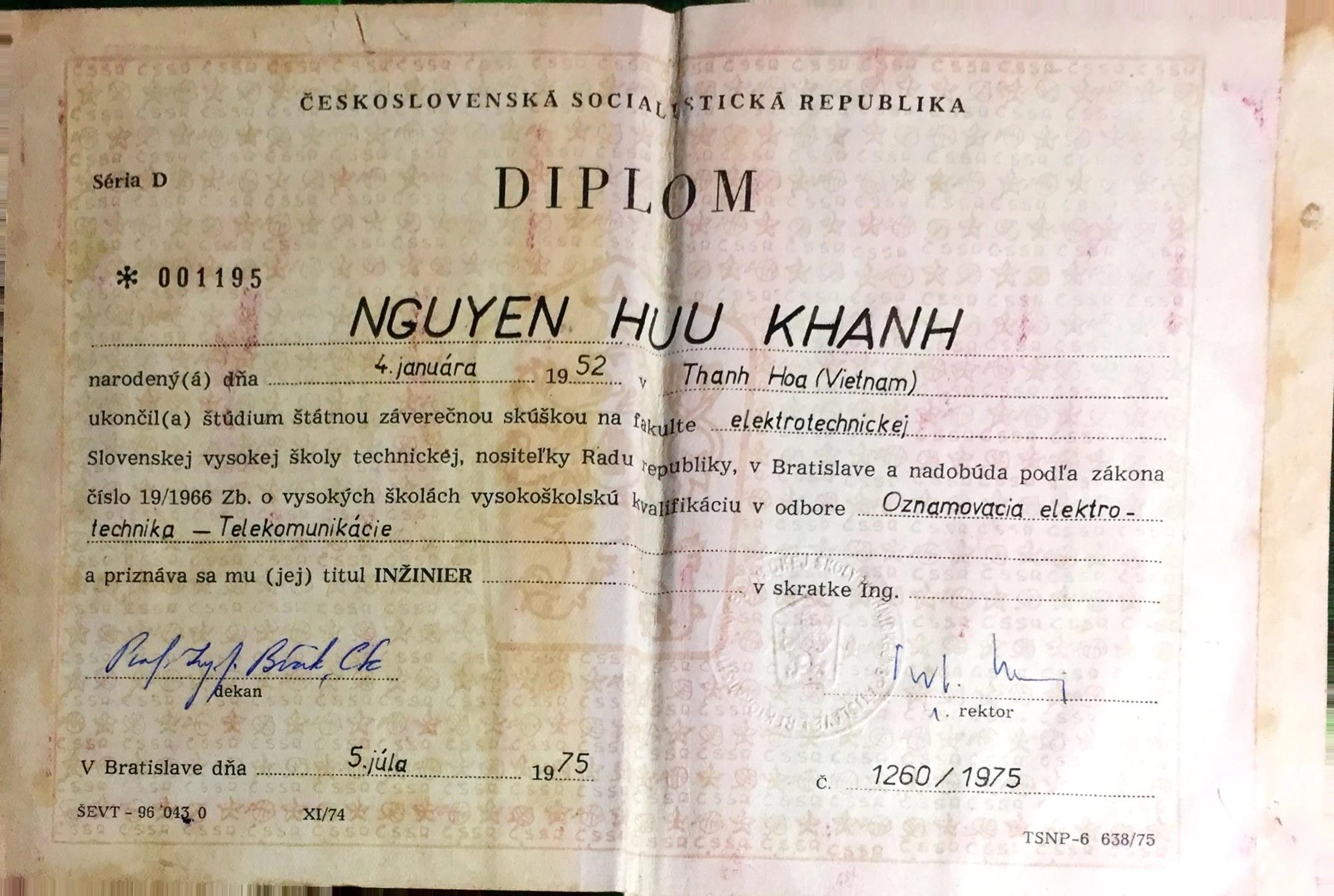
1983
He was hired by Vietnam Post and Telecommunication (VNPT) to modernize their international infrastructure via a new branch, called Vietnam Telecom International (VTI, later named VNPT-i). Khanh Nguyen's innovative engineering thinking process proved groundbreaking, as he introduced the use of funding bleeding edge research and experiments years prior to implementation, which results in international internet submarine cables, satellites. Khanh Nguyen was the first managing director of VTI and remained guiding the team until his death.
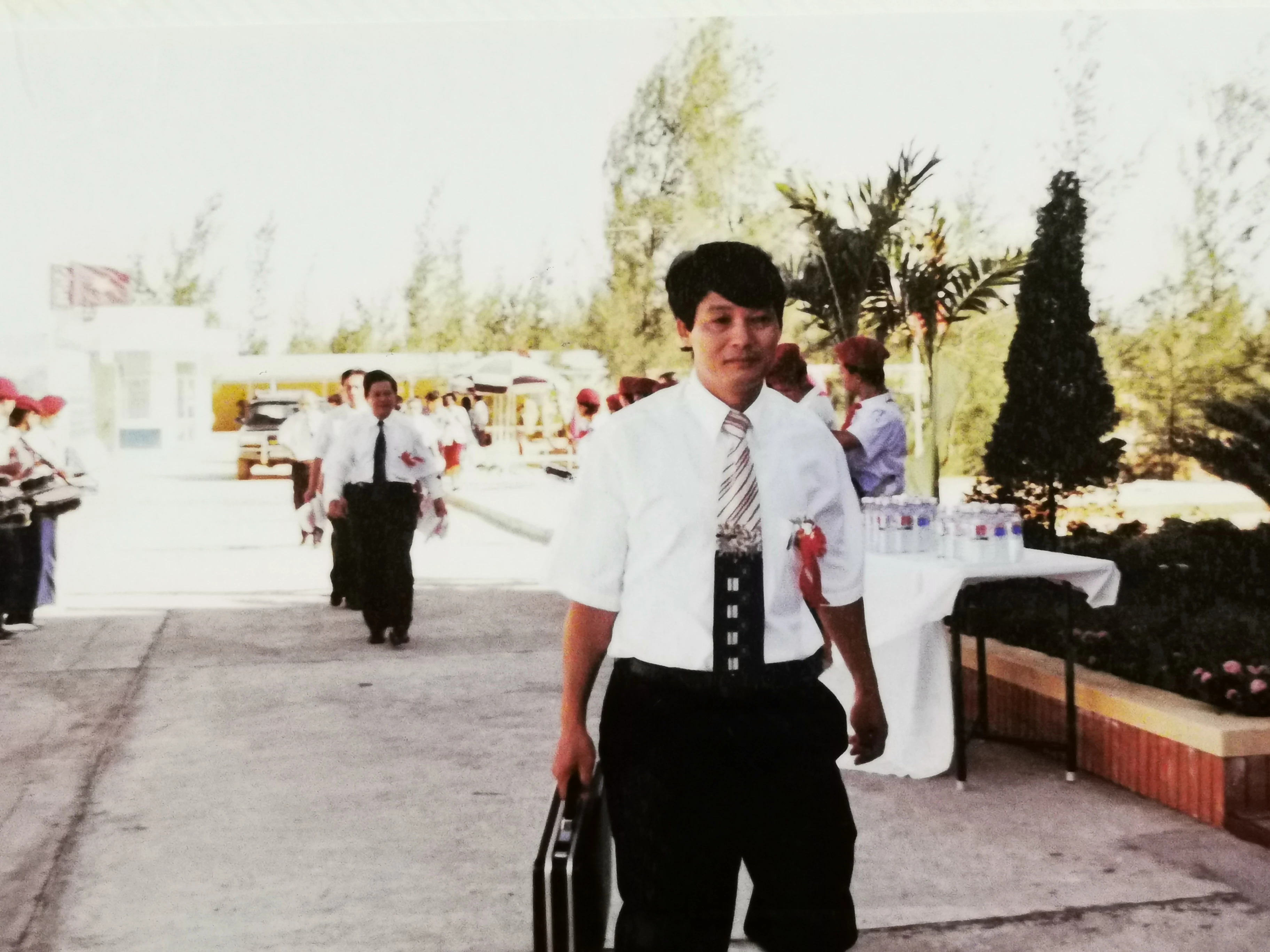
1993
He was a frugal man and always think about building for others. In 1993, he bought a gas scooter that he used well until his death in 2019.

2003
Khanh Nguyen became managing director of VTI in 2003. He was initially hired by Vietnam Post and Telecommunication (VNPT) to modernize their international infrastructure via a new branch, called Vietnam Telecom International (VTI, later named VNPT-i). Khanh Nguyen's innovative engineering thinking process proved groundbreaking, as he introduced the use of funding bleeding edge research and experiments years prior to implementation, which results in international internet submarine cables, satellites. Khanh Nguyen was the first managing director of VTI and remained guiding the team until his death.

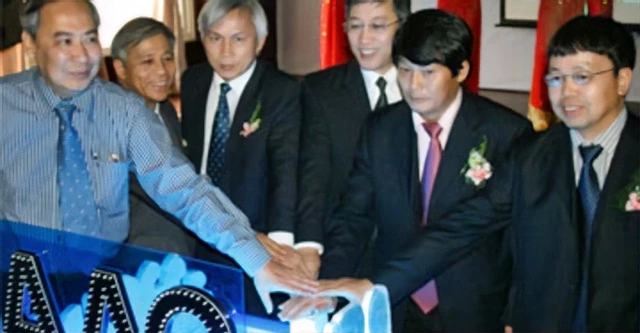
Khanh Nguyen does things differently than the rest of us–even with something as ordinary as pushing research and experiments on new projects ahead of time to anticipate for the future. The telecom industry of Vietnam gained massive benefit from his push for research that results in the first satellites in Vietnam, VINASAT-1 and VINASAT-2.

Vinasat-1 is the first Vietnamese satellite to be placed in orbit. It was launched at 22:17 GMT on 18 April 2008, by an Ariane 5ECA rocket from the Guiana Space Centre in Kourou. The launch was conducted by the European organisation Arianespace. VINASAT is the national satellite program of Vietnam, initialized by Vietnam Telecom International. The project aims to bring independence in satellite communications for Vietnam, besides other benefits such as enhancing national security, opening new economic opportunities, etc...
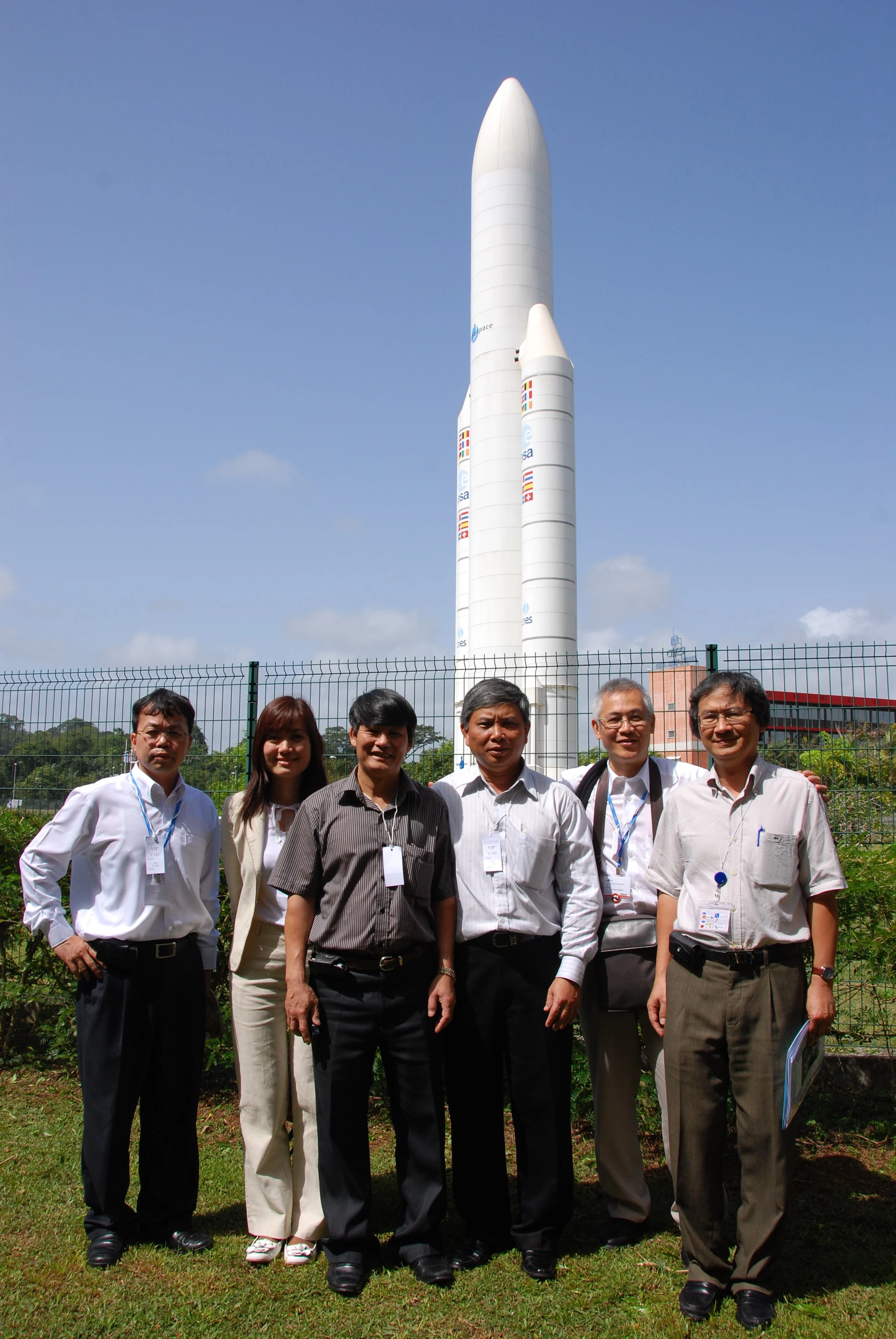
There was much controversy from the Asia-American Gateway undersea cable. The AAG cable is notorious for its frequent breaks and outages since it was made ready for service in late 2009. Most of the outages have been located at the intra-Asia segments between Hong Kong and Singapore, with most problems occurring in the Vietnam section, while the segment between Hong Kong and the Philippines seems to have fewer problems. The segments between the Philippines and the United States are quite stable. Not only Vietnam, but also countries like Cambodia, Thailand, and Malaysia, which currently have fewer alternatives in place to reroute Internet traffic, are prone to severe service disruption when the AAG cable breaks, whereas Hong Kong, Singapore, and the Philippines, which are served by many different intra-Asia cables, are less affected.
Don't work just to survive, work to contribute...
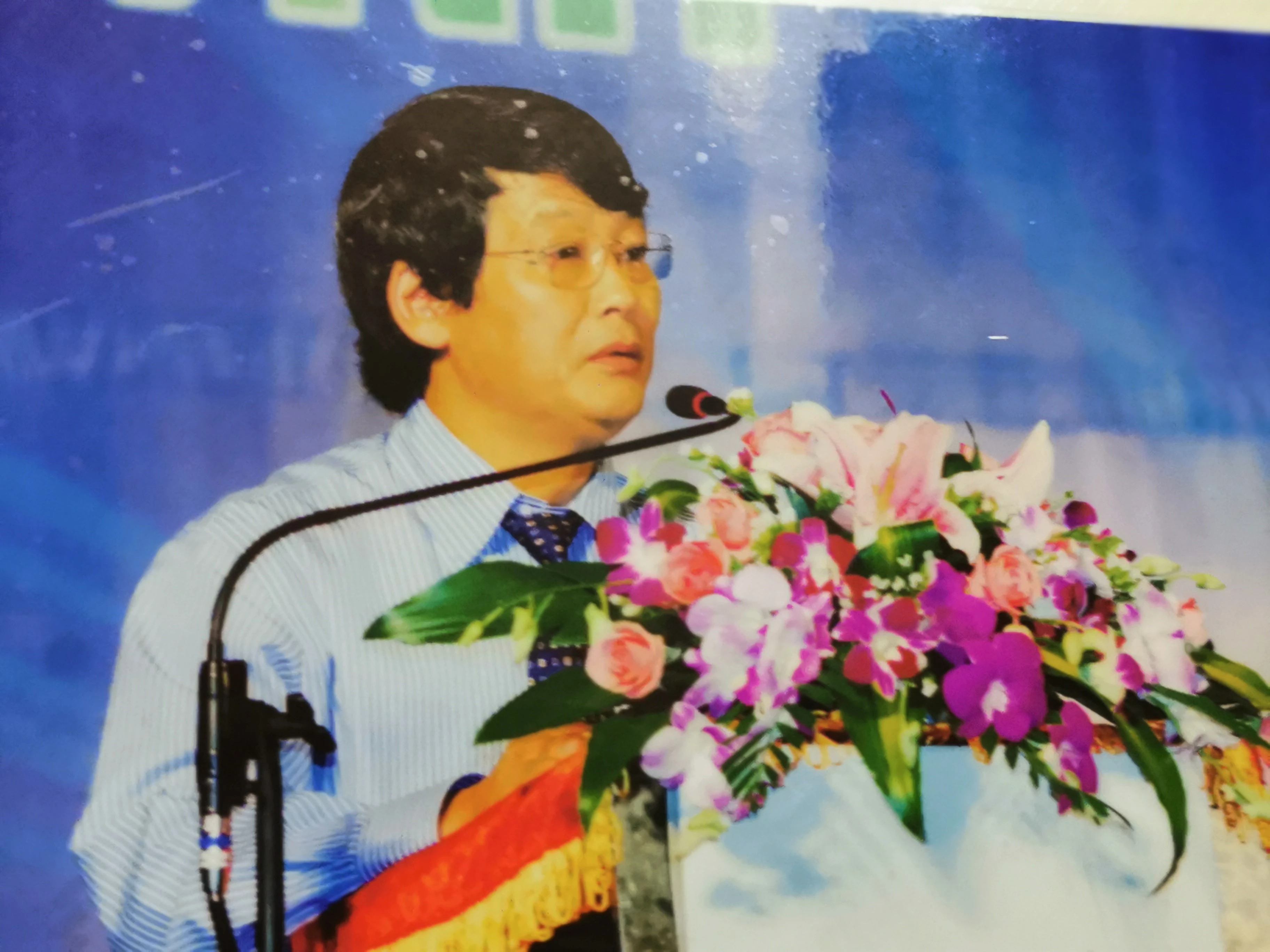
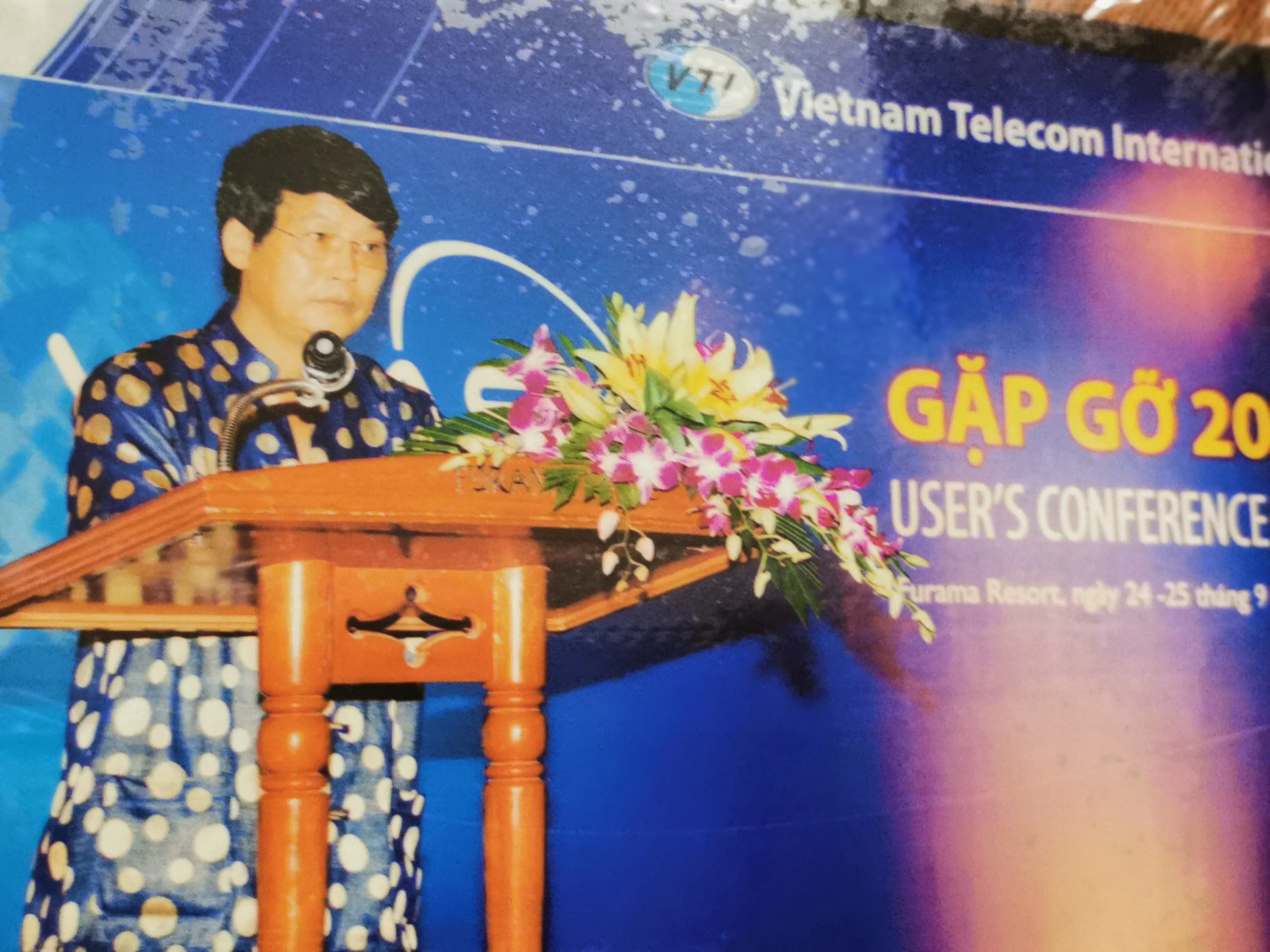

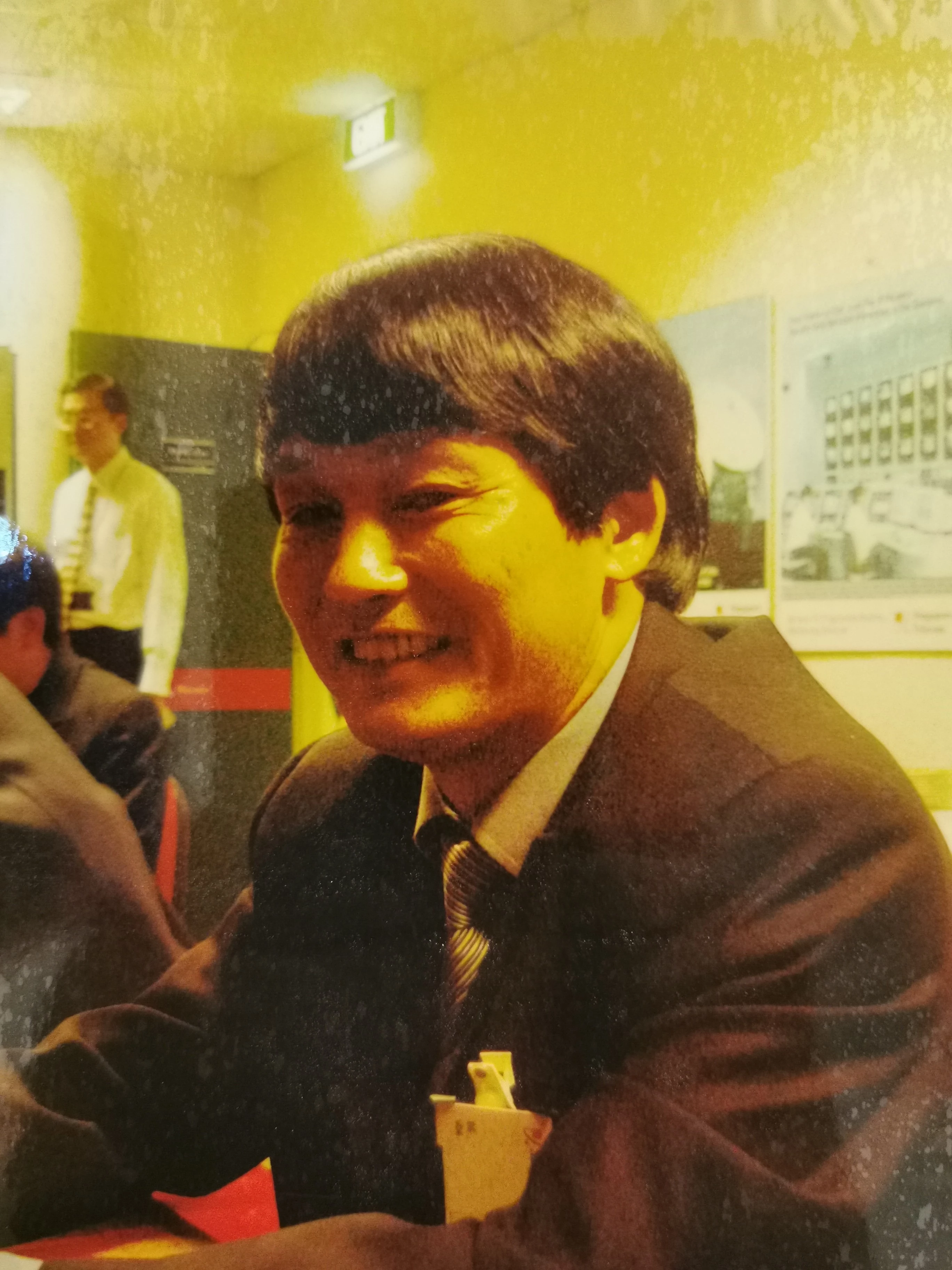
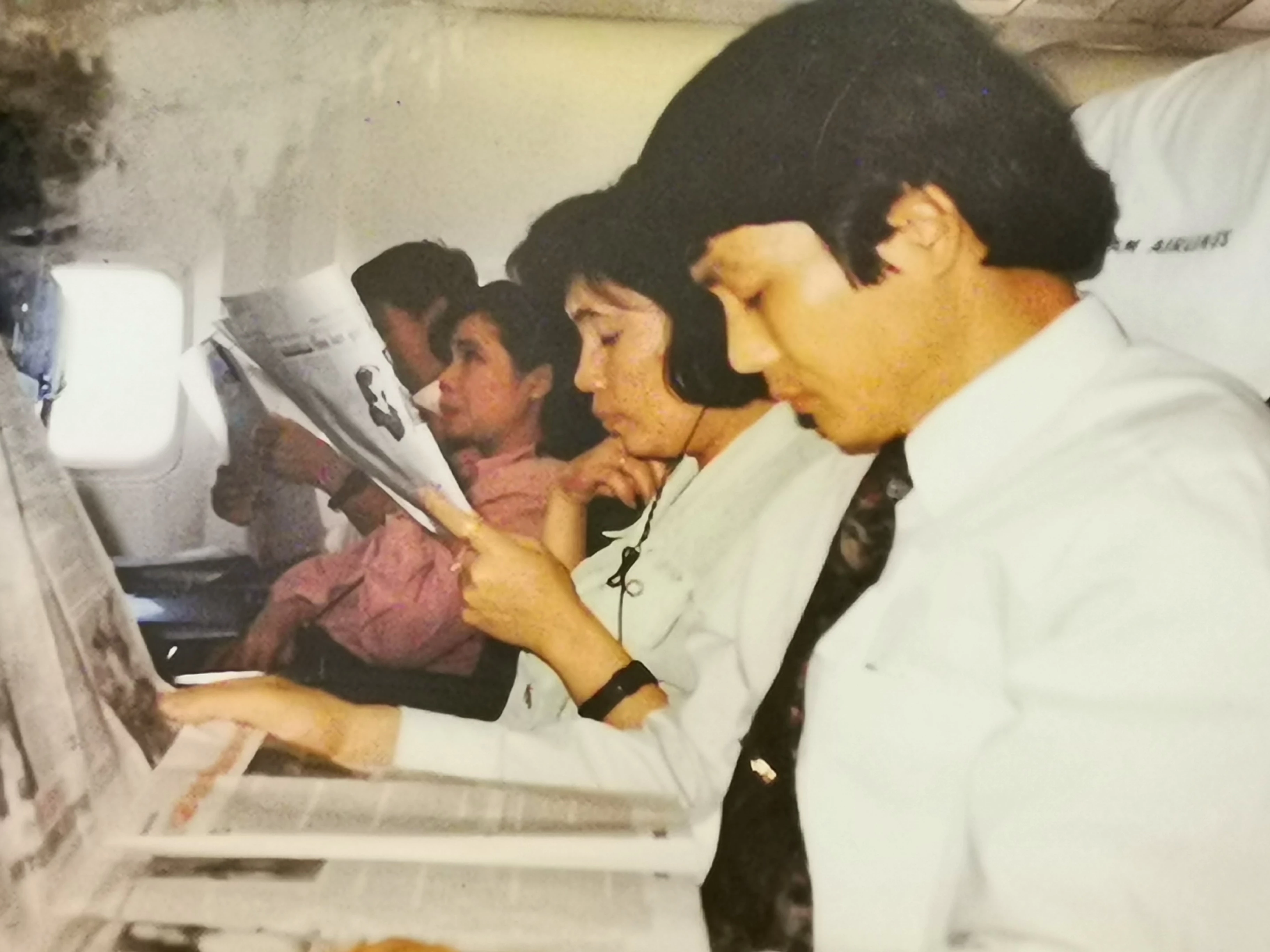
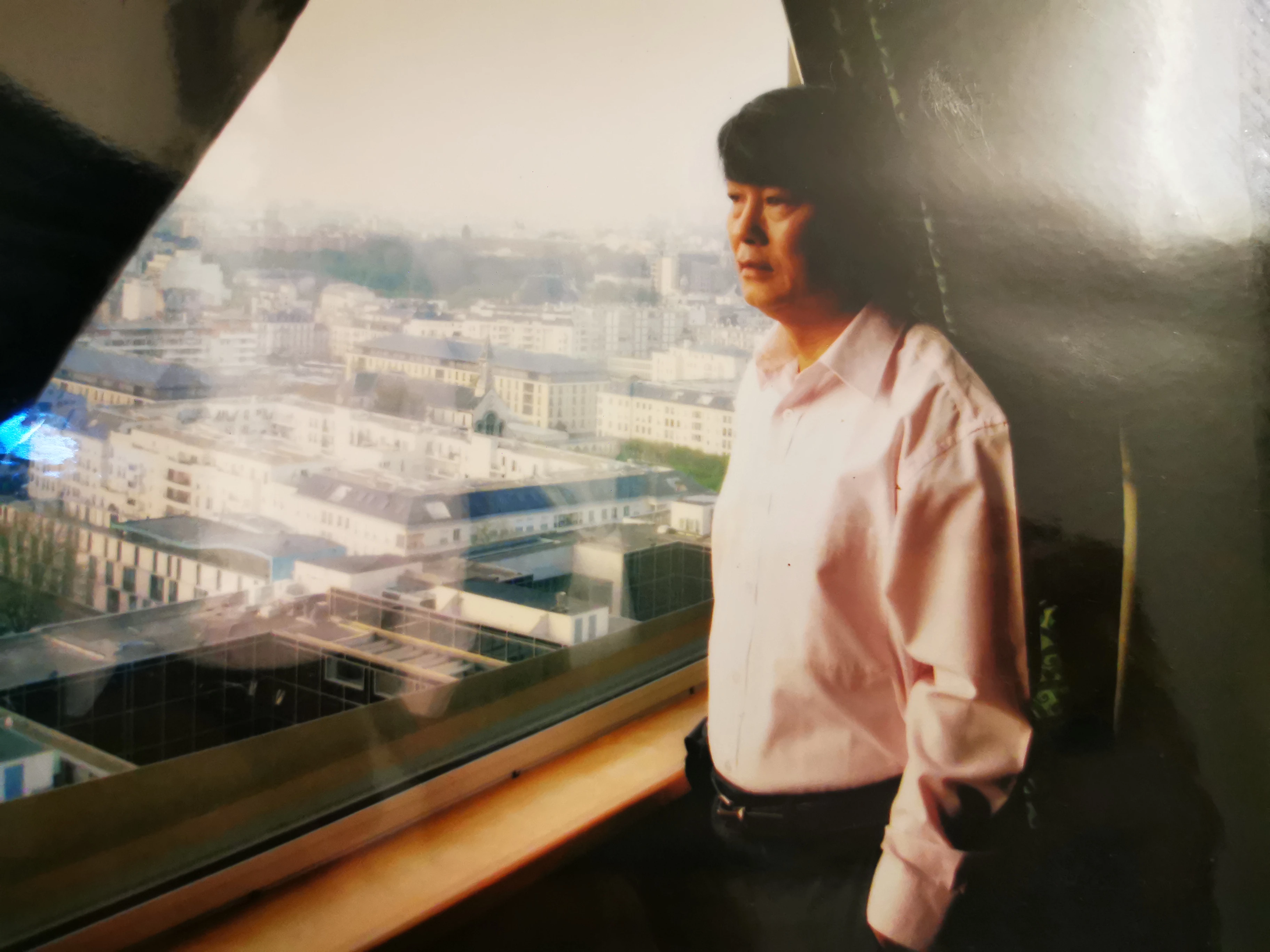
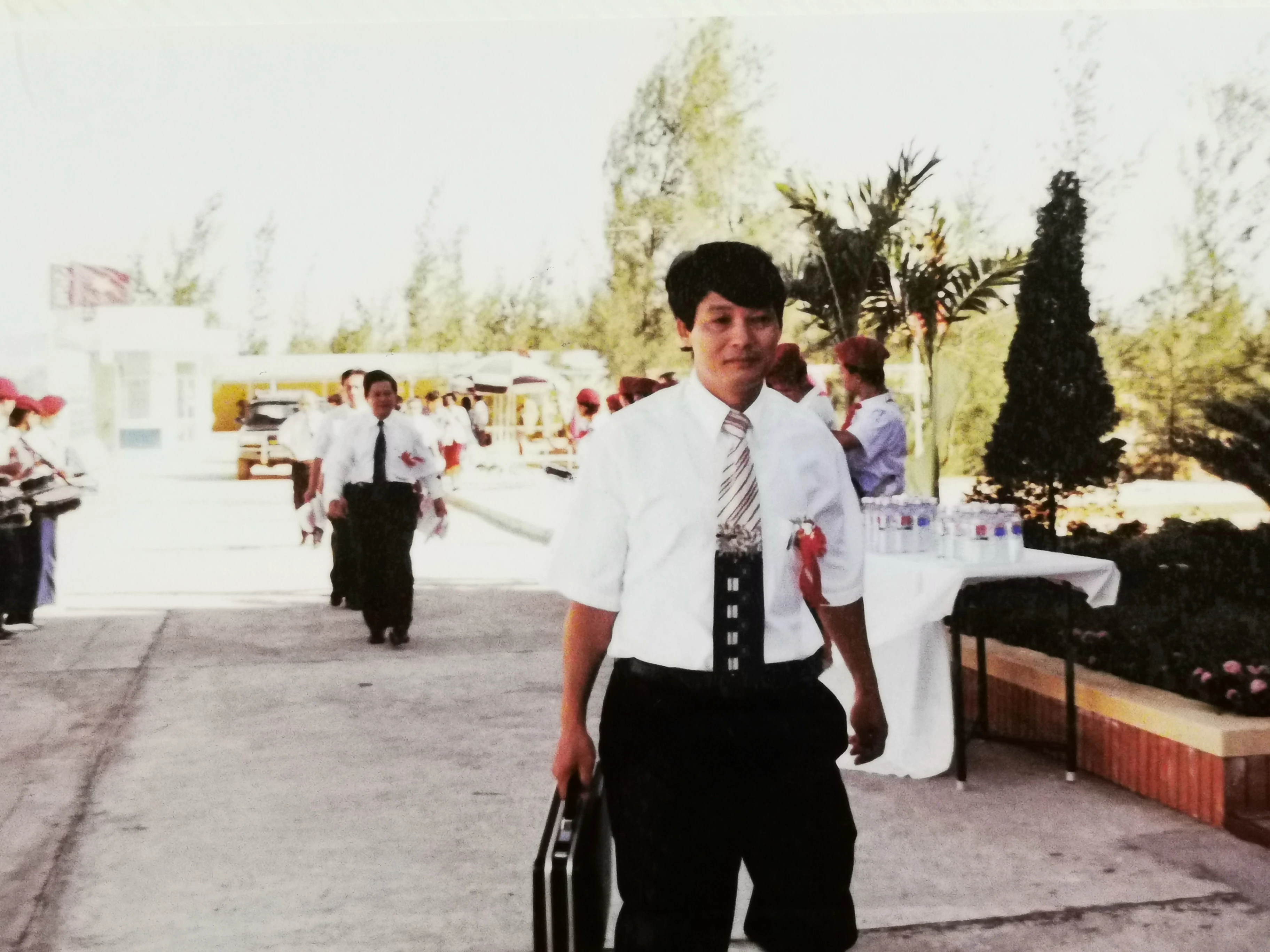
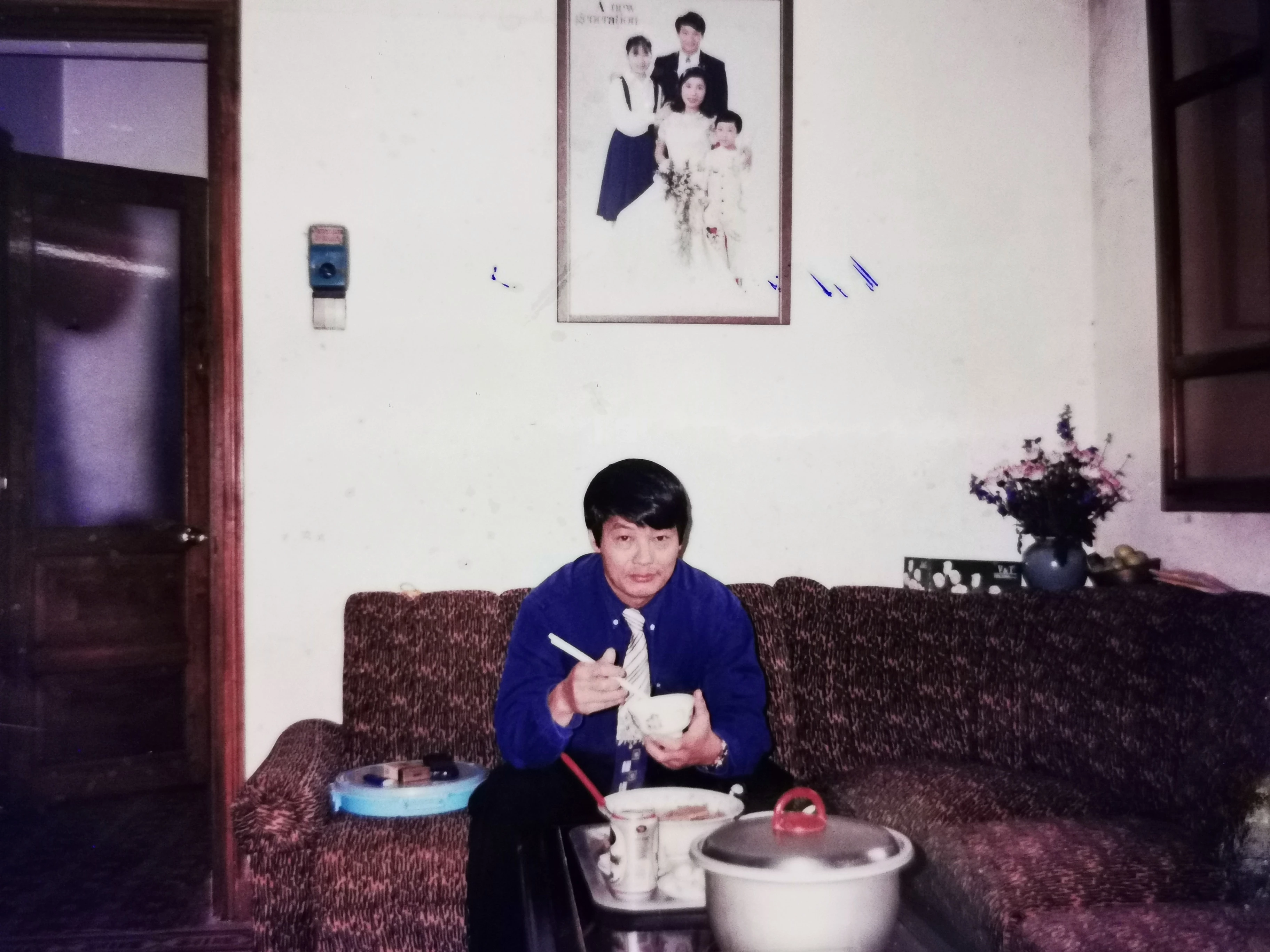


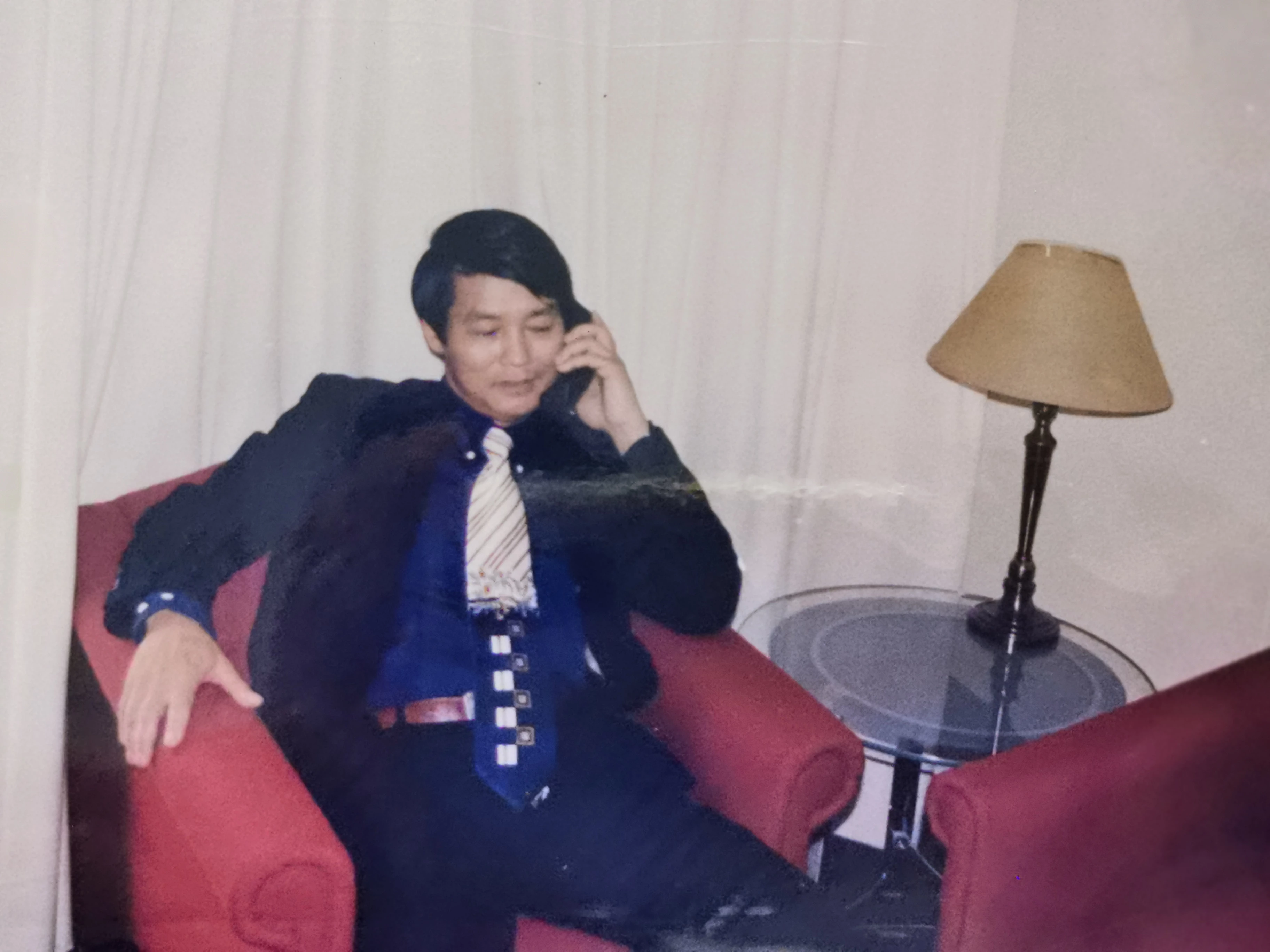

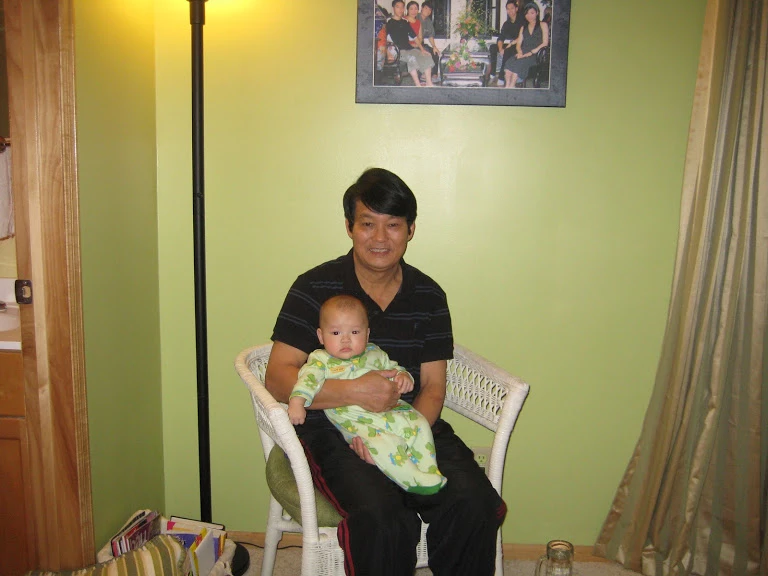
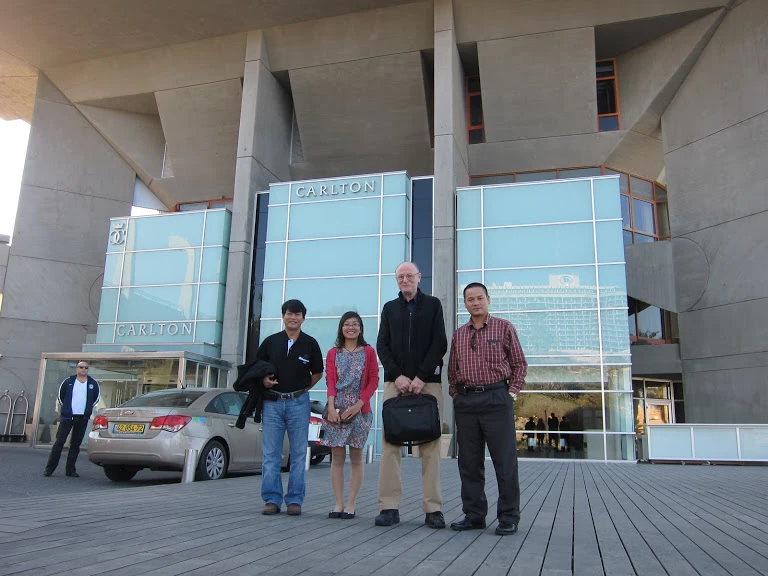
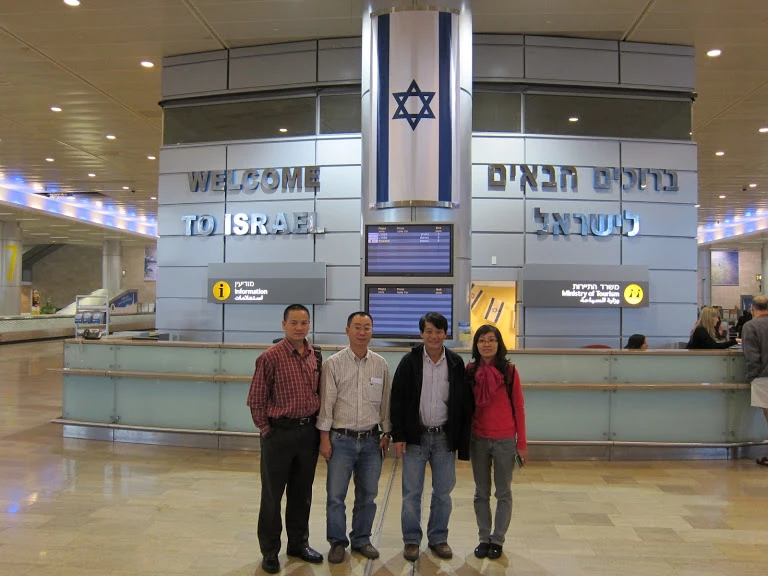

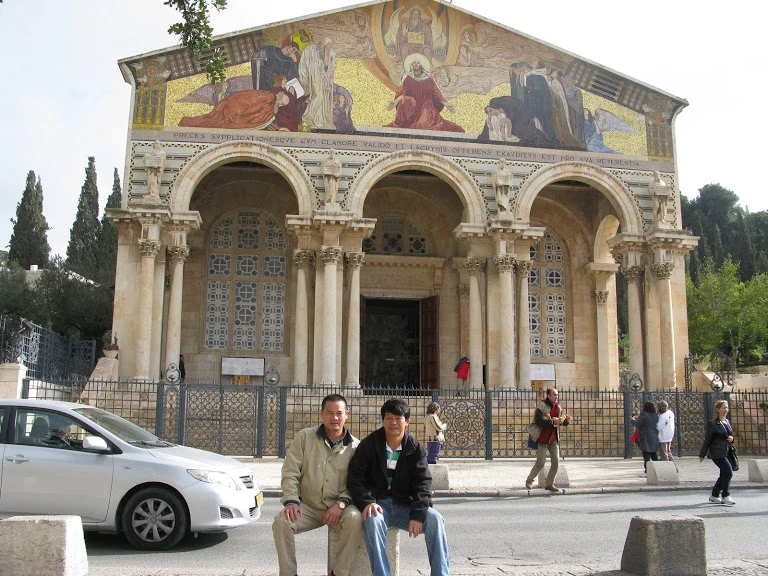
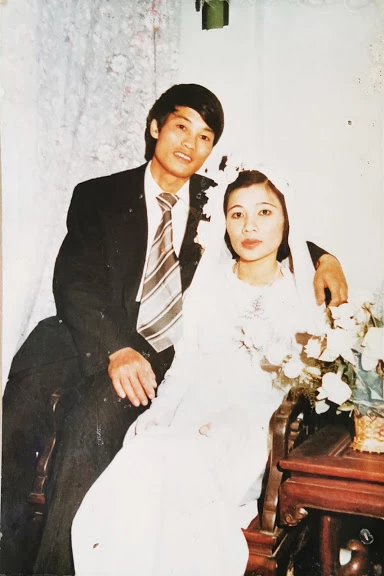

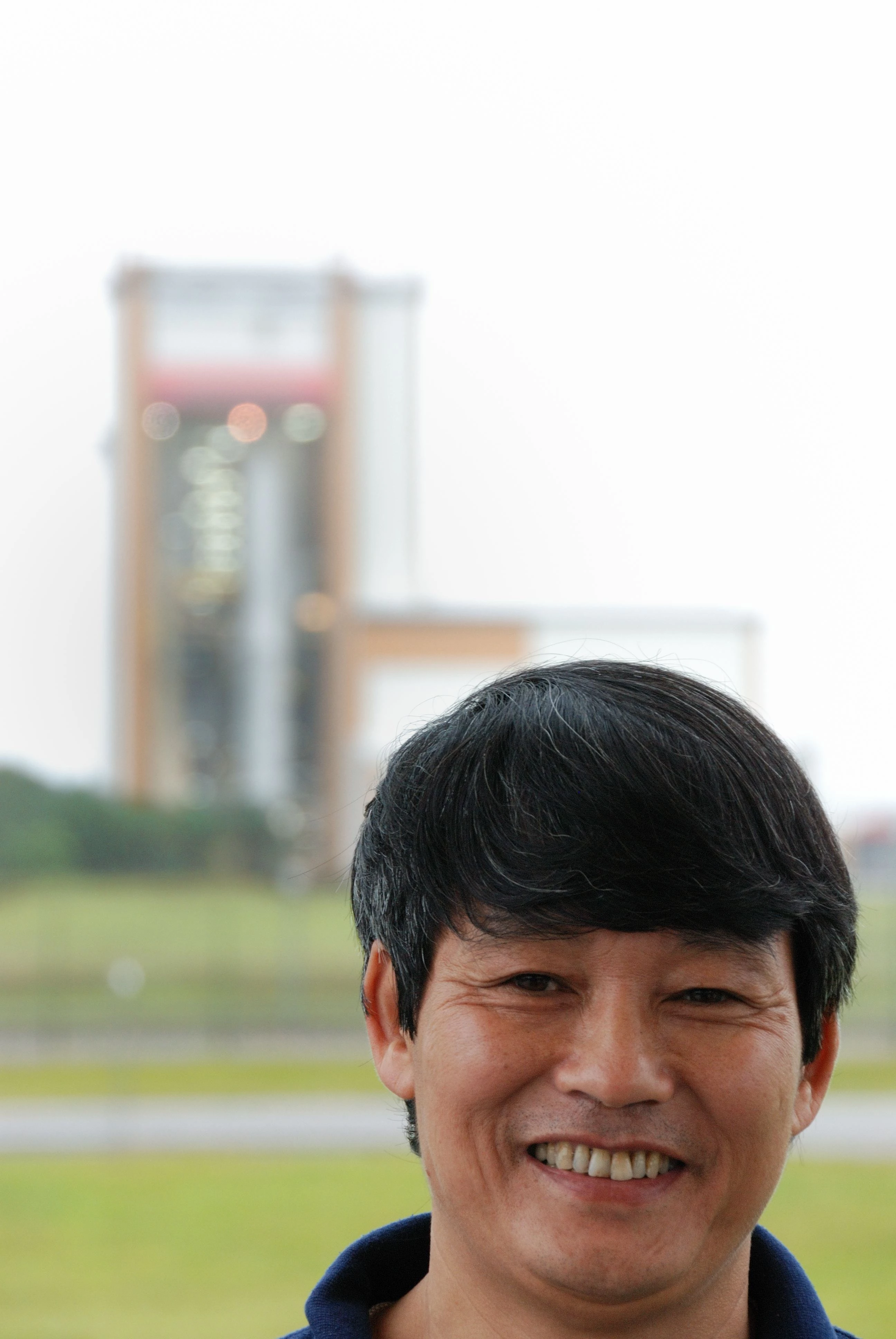
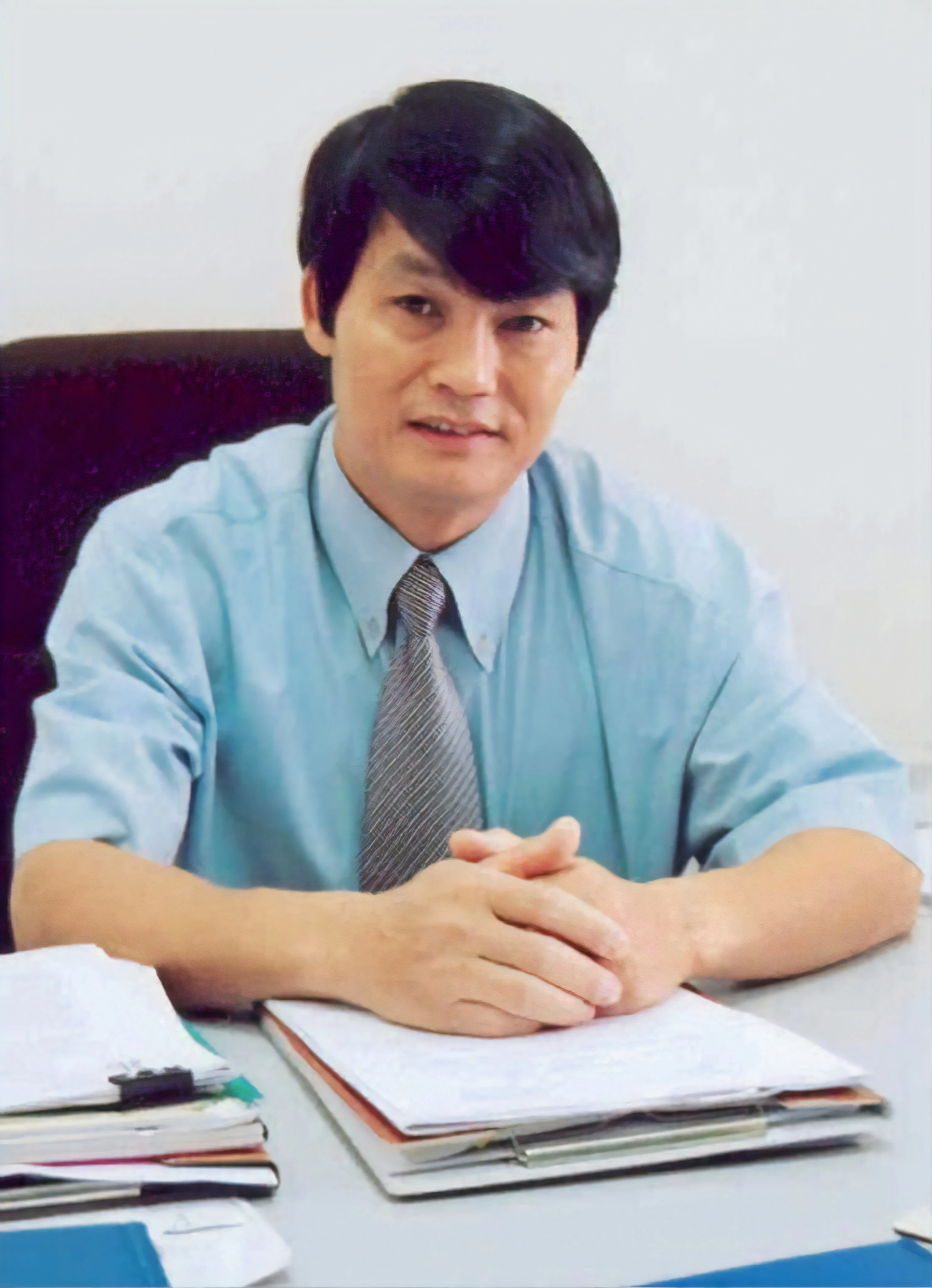

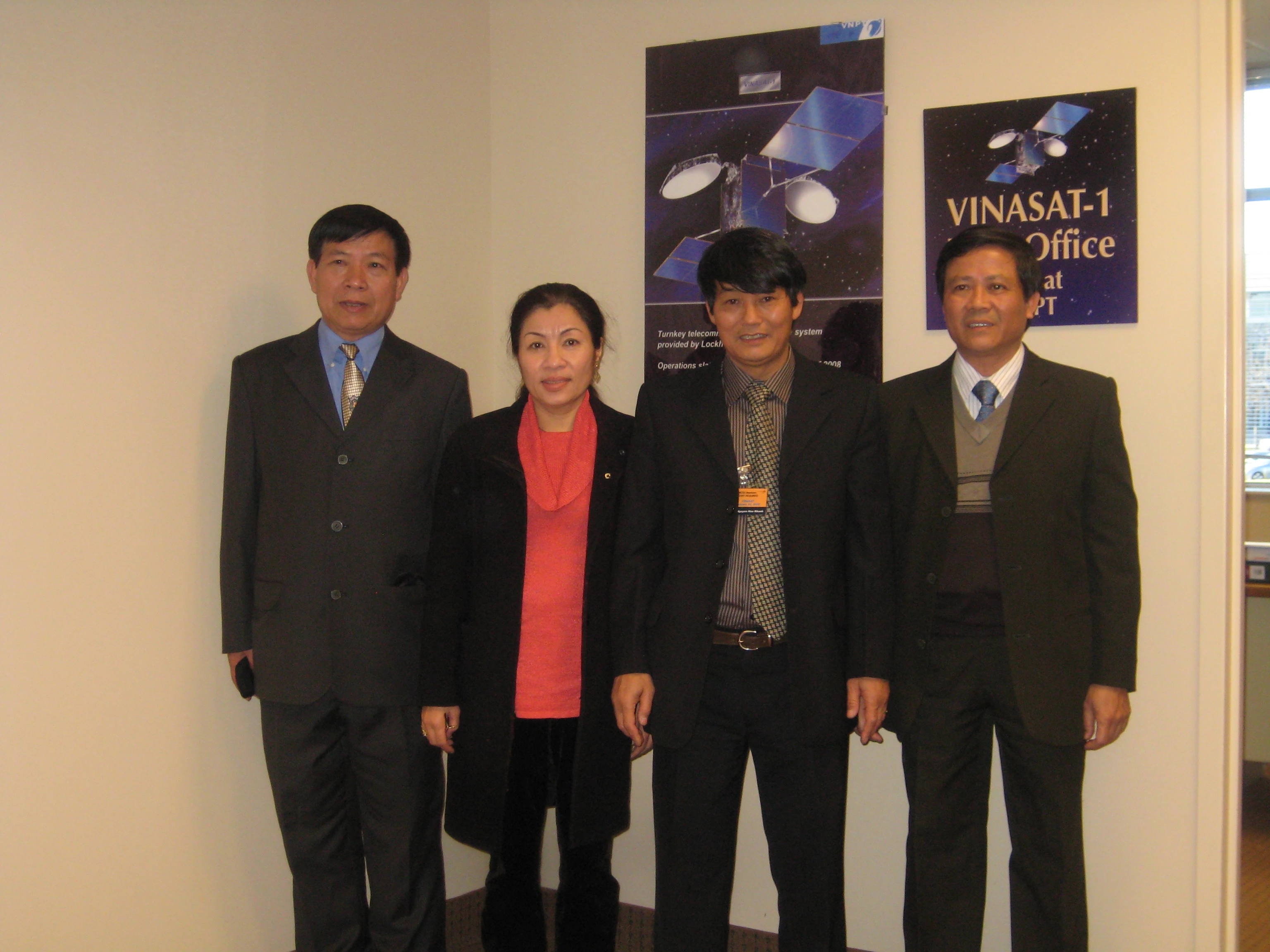
The infamous telecom director inspires kindness and hard work.
How to pronounce Nguyen
Everyone wants to know and hopes I fail or retire so they can claim my legacy. But my contributions to everyone are lifelong.
ng
VINASAT-1
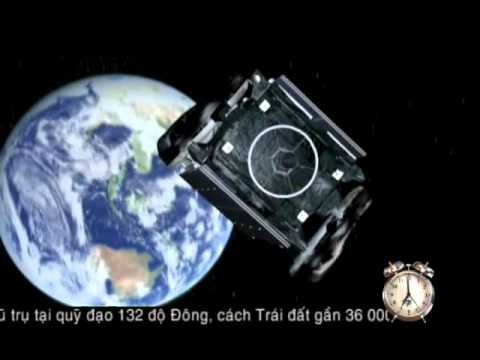
VINASAT-2

AAG

APG
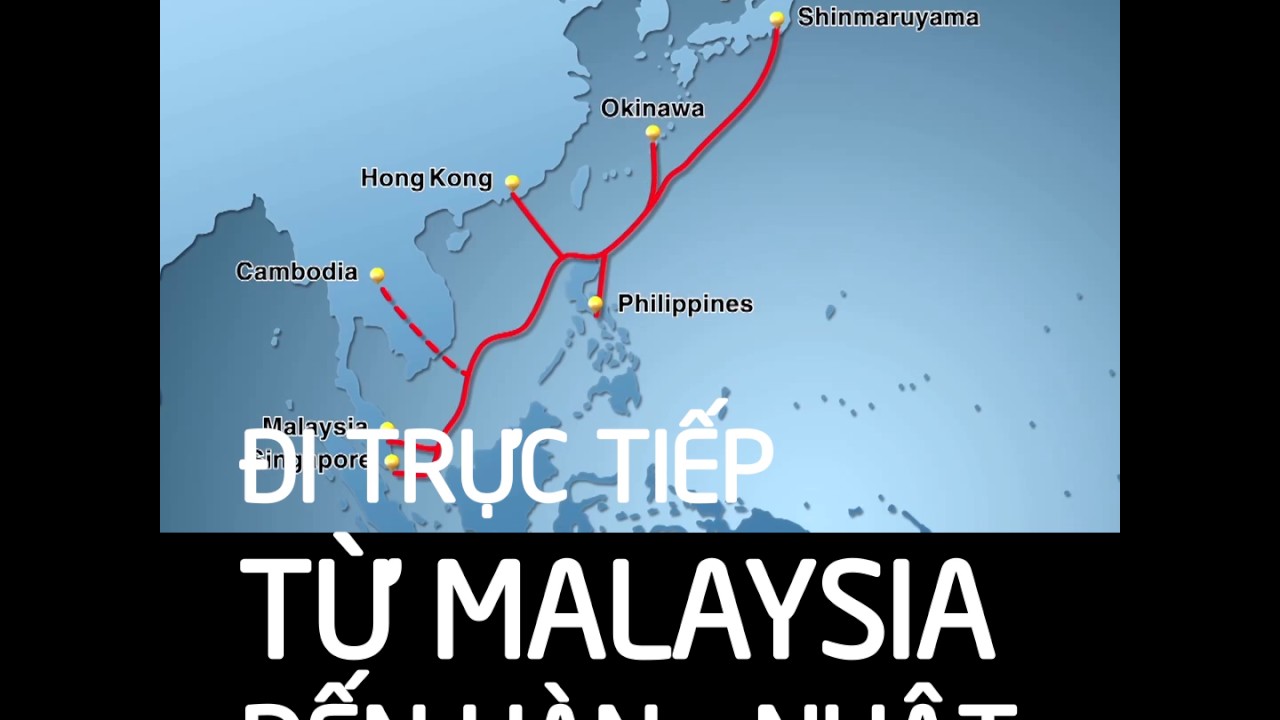
Why should I stop working? If I do, I'll die and it'll all be finished
07.05.2019
This website is a tribute to Khanh Nguyen. Rest in Peace.
